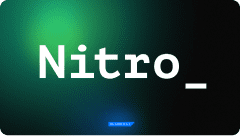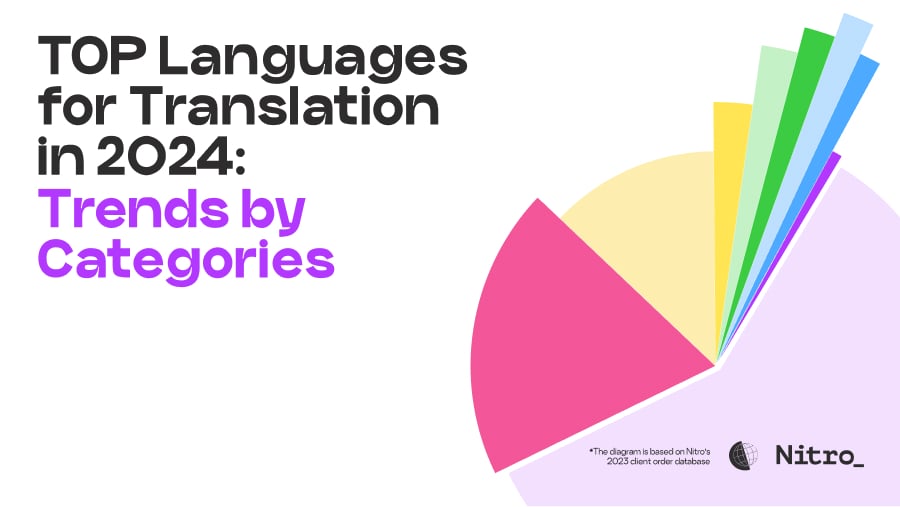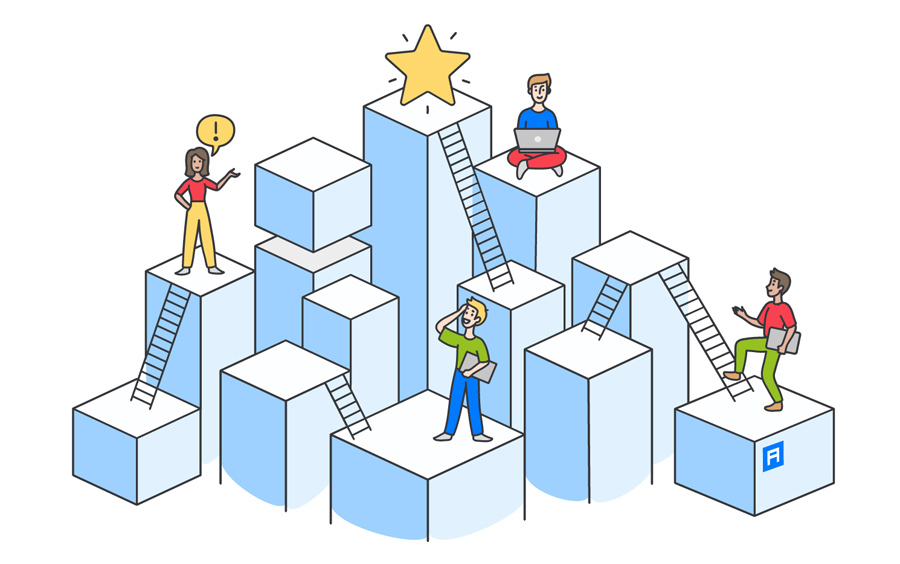Have you found it hard to separate fact from fiction regarding machine translation and post-editing (MTPE)? You'd not be alone in that.
Denis Zhilko from Alconost has been invited to assist with navigating all of this. Here, he helps us understand how businesses can use today's most popular language technology, such as machine translation engines, large language models (LLMs), and machine translation post-editing, for significant multilingual projects.

Denis Zhilko, Translation and Localization Advisor at Alconost
Why engage a vendor to help with machine translation/ Why not just use a self-service machine translation?
One useful tool in the localization toolbox is machine translation. It is best when directed by the subtle touch of human knowledge. Its speed is indisputable, and it can manage large amounts of content, but language technology is still a long way from functioning independently. Even if there are situations where machine translation output just needs minor editing, overall process control and quality assurance are still necessary.
Localization vendors are qualified to manage these challenges. They bring experience from a varied team of professionals and oversee the process. They provide a large selection of language pairs, industry knowledge of expert translators, and the technological tools required to set up a cloud-based workflow for localization and post-editing. This enables them to design a customized solution that satisfies the client's quality, speed, and price demands for each localization scenario. They also provide post-editing resources to review the output and bring it up to the required quality standards.
As stated differently, companies can redirect their attention from micromanaging multilingual content across multiple platforms and partners to their primary revenue-generating operations by assigning localization suppliers the task of post-editing machine translation.
How can I know if machine translation post-editing (MTPE) is more effective than traditional translation?
You must perform a detailed comparison based on multiple factors to ascertain whether machine translation post-editing (MTPE) is more effective than traditional translation. Although machine translation is typically less expensive and faster than human translation before post-editing, its efficacy varies.
Establish the efficacy criteria that are pertinent to your needs first. These criteria include translation quality, speed, affordability, consistency, and usability. Accuracy, fluency, and readability are all quality components, although post-editing and translation should be included in the cost and time estimates.
Establish a controlled experiment so that you can compare things fairly. Select example texts that are representative of the general difficulty and field of your work. Assign MTPE to one team and traditional translation to another. To ensure a fair comparison, both teams should work in comparable environments.
Analyze the translations' quality using human and automatic methods, such as BLEU ratings. Keep track of the expenses and time required for each technique. Examine the terminology and stylistic consistency, as well as the error rates. Furthermore, collect end-user feedback to gauge their level of satisfaction and run usability tests to see whether the translations satisfy their needs.
Before post-editing, machine translation (MTPE) can be quicker and less expensive, but its overall efficacy in comparison to manual translation isn't always certain. The degree of editing necessary to obtain the desired quality determines how successful MTPE is. As a result, the only way to know how effective it is is to test it and assess how much editing is required to improve the MT output to acceptable levels.
What is the final result's balance between AI and human input?
The percentage of AI and human labor in an MT program varies based on the project's specifications and quality standards. It can range from a complete post-editing process to 100% raw machine translation with no human editing.
We confer with our clients to define their quality standards. If the content successfully communicates the intended message, using it saves time and money, and flawless grammar, style, and fluency are often unnecessary. However, hiring a native speaker to edit the final product can produce a result that is identical to what was produced by a person. This is especially appropriate for projects where style and tone of voice are essential (like in marketing materials).
Overall, the specific requirements and goals of the project will dictate how much AI and human engagement are included in the finished product.
Can machine translation systems be tailored to specific terminology or stylistic preferences?
Yes! Glossaries and translation memories are the main ways to customize the output, which can help get the generated output closer to what you need. Additionally, some providers allow for domain adaptation, giving the user some control over the tone and style of the machine-translated output.
The degree of flexibility available with AI tools depends on the specific model's capabilities and the prompt being used. The prompt's precision and complexity can greatly impact the output's quality.
It can be challenging to navigate the complexities of post-editing and machine translation, especially given the abundance of information and different viewpoints. But our goal is to assist you in separating fact from fiction so that you may make an informed decision. To enable you to use the potential of these cutting-edge technologies fully, our team may collaborate with you to create a program that is tailored to your unique requirements.
Alconost offers native-speaking talent with experience in your field along with all the resources you need to meet your localization objectives, whether you're looking for a combination of human expertise and a dependable machine engine for your MTPE project or would prefer to have your texts translated entirely by human translators. To discuss your project, go to the website or get in touch with the team.







